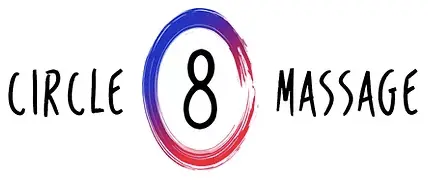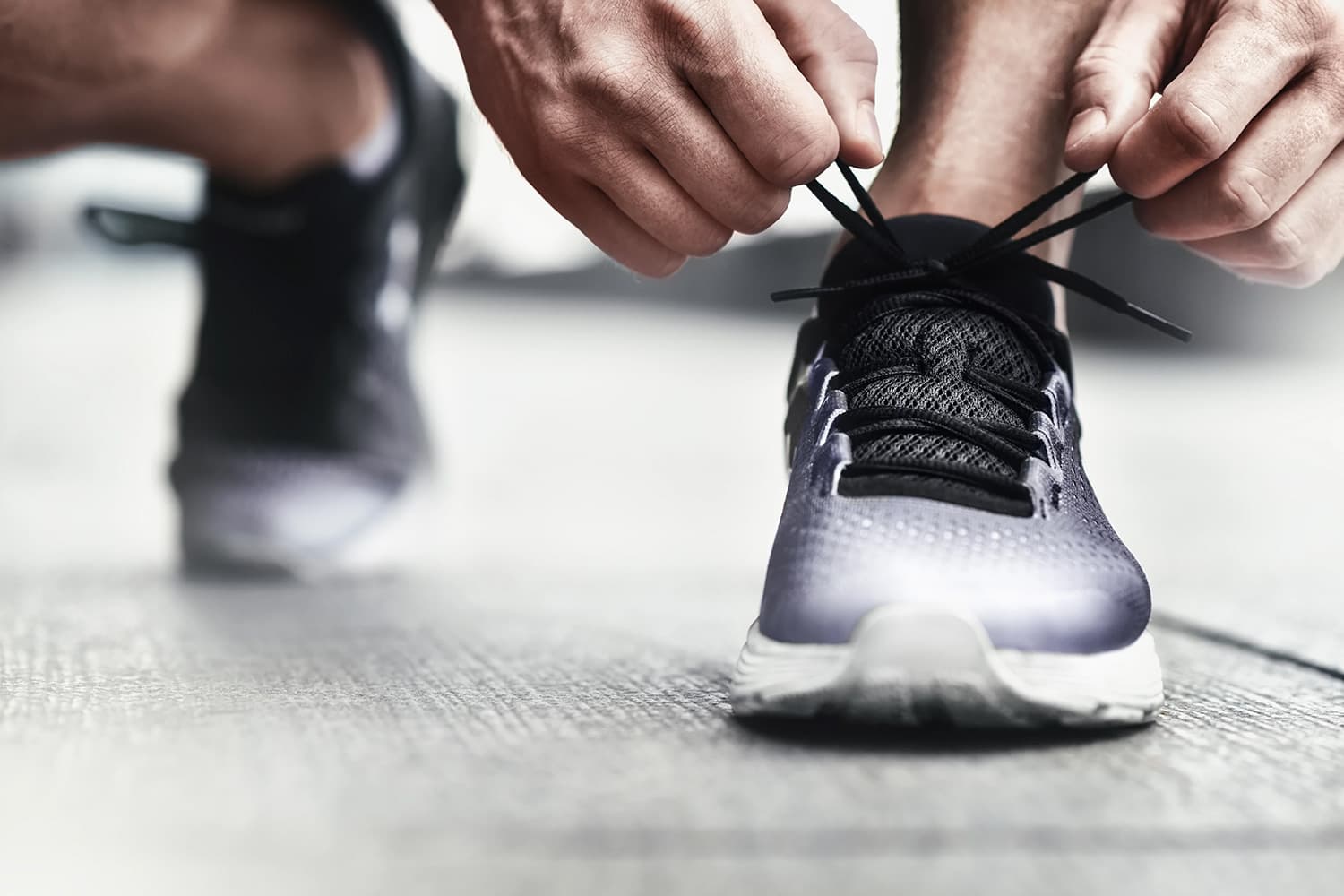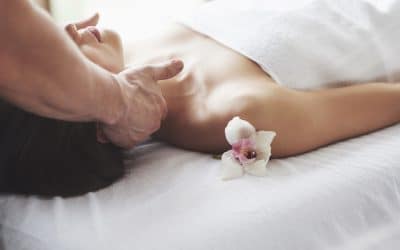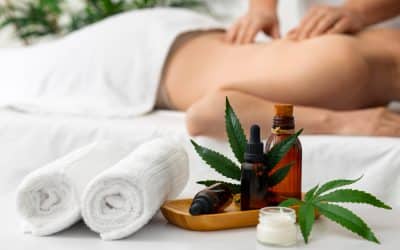Common Types of “Runner’s Knee”
Runner’s knee can affect more than just runners. It can also affect walkers, hikers, and triathletes. And while these types of knee injuries may sound very different, their symptoms are similar enough that it may be challenging to determine which one you may be suffering from. In this article, we will be discussing the differences between patellofemoral syndrome (aka runner’s knee), and iliotibial band syndrome (aka runner’s knee), how to differentiate between the two, and what pain symptoms they can cause.
Iliotibial Band Syndrome vs Patellofemoral Pain Syndrome
Knee pain can have several causes. The most common pains in relation to runner’s knee are iliotibial band syndrome and patellofemoral pain syndrome. While these are widespread injuries in runners, they rarely occur at the same time.
Iliotibial band syndrome – also referred to as iliotibial band friction syndrome – causes pain that emanates from the side of the knee. Patellofemoral pain syndrome causes pain radiating from the front of the knee and under the kneecap. Both of these injuries can cause moderate to severe pain, and impact the knee’s ability to bend or extend the leg comfortably.
Runner’s Knee Causes
In iliotibial band syndrome, the IT band (the large tendon-like structure located on the side of the thigh and knee) the anatomy under it, or both, can become strained or fatigued, causing pain located on the knees side. Patellofemoral pain syndrome, on the other hand, is often created from a constantly flexed knee, that causes strain and fatigue to the kneecap, and is commonly seen in teenagers.
Symptoms of Runner’s Knee
Runner’s knee can be very painful, and can bring with it a wide range of pain-related symptoms including:
- Tenderness in or around the knee
- A “popping” sensation
- Swelling around the knee, or in the thigh area closest to the knee
- Pain that occurs when bending the knee
- Pain when walking downhill or downstairs
If you’re experiencing knee pain that does not go away after a few days, it may be in your best interest to seek treatment from a healthcare professional or massage therapist.
Treating Runner’s Knee
There are several different ways to treat runner’s knee, the most important one being rest. In most cases, runner’s knee occurs because of overuse or overly strenuous activity. If your runner’s knee is not too serious, resting for a few days may be all you need. You may want to apply an ice pack to the knee while resting to help ease pain and reduce any swelling that may have occurred. Performing gentle stretching exercises can also help relax the muscles around the knee, and aid in reducing the duration of the knee pain.
Massage is also an effective way to relieve the pain associated with runner’s knee. Massage helps in the same way that stretching does by loosening the muscles around the knee, but it also pulls the tendons and muscles into a better alignment which often lessens the duration of recovery needed. Common types of massage for runner’s knee includes:
- Deep tissue massage
- Sports massage
- Active release massage
- Trigger point massage
If you’re planning on using massage therapy to relieve runner’s knee symptoms, it is important that you only have it performed by a licensed or certified massage therapist in Leeds to ensure that further injury isn’t caused. Also see our BLOG on Strong Glutes as this can also have a big effect on your running.







